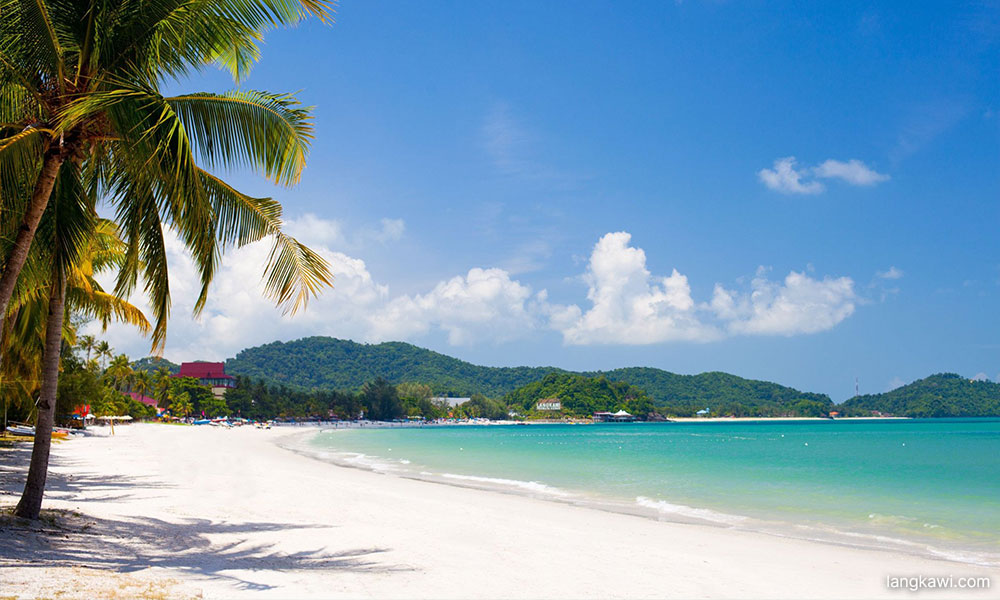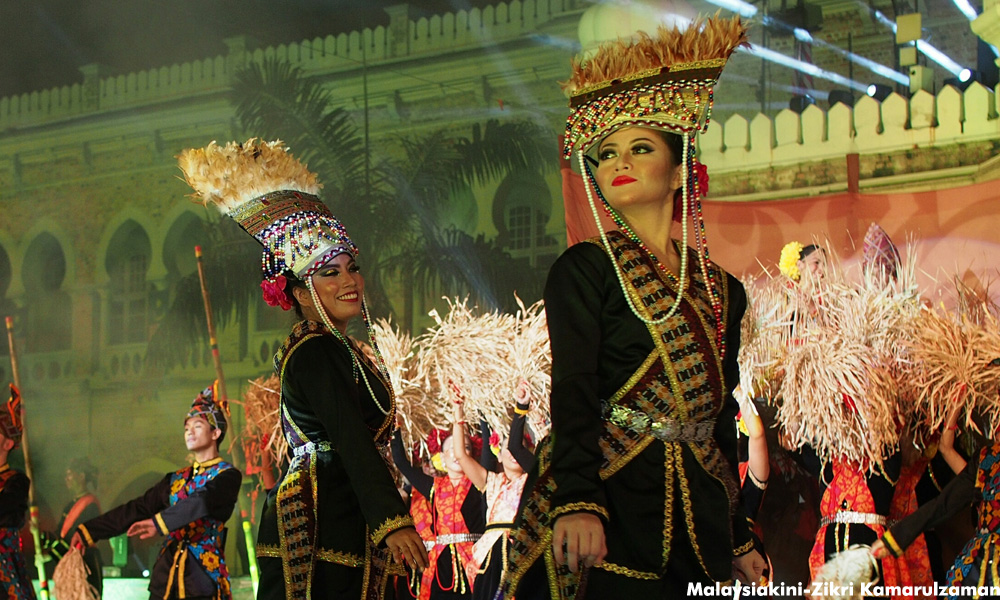LETTER | Over the past decades, tourism players have called on the government to allocate adequate budgets for advertising and promotions (A&P) to lure more foreigners to visit Malaysia.
However, many countries worldwide, including our neighbours, are also doing the same and we will be left behind if we do not spend just as much.
It is like an arms race but instead of developing and accumulating weapons, the targets are tourist arrivals and expenditures.
Nevertheless, money spent on A&P will be largely wasted if we do not have good products and the ability to identify and offer them meaningfully.
Interestingly, people with the greatest influence on tourist arrivals are hidden in plain sight, which will be discussed later.
In promoting the first Visit Malaysia Year in 1990, audiences were enthralled watching videos showing jungle-clad mountains with waterfalls and streams, secluded beaches and islands, fascinating sites and cultures, and accompanied by narratives, music, and promotional songs.

That was 34 years ago and the world has changed much since then.
Information overload
With widespread use of the internet and smartphones, people can easily watch a video of any destination they fancy, or take a virtual tour of any major city such as using Street View in Google Earth.
Hardly anyone watches advertisements and almost all will skip them or take a break if forced to wait until the end of the commercial.
Advertisements can be counterproductive and generate a backlash or hatred for the brand, however pleasant or persuasive the voice-over may be.
Today, most people suffer from information overload as many scroll in rapid succession through hundreds of texts, photos, and videos daily, spending a little more time on those that catch their interest, and seldom reading long reports or watching lengthy videos.

Many are not taken in by advertorials, infomercials, or sponsored content.
Therefore, merely compiling facts and figures or gathering and listing a great variety of tourism products Malaysia has to offer and publicising them will not be appealing, as the data doesn’t speak for itself.
And if any organisation were to create and post yet another text, photo, or video online to tell, sell, advertise, or promote, the chances of it being viewed by many is as good as a million to one. It would be easier to win the lottery.
Real influence
When the Tourist Development Corporation was established in 1972, most of the American tourists who came had read travel guidebooks about Malaysia, and outbound tour operators there included Kuala Lumpur as one of the many stops in the itinerary.
Then came the first travel blog in 1994 with people writing about their travel experiences and publishing them onto online blogs that are accessible to the public.
But travel bloggers have given way to vloggers, as most people prefer to watch and listen than just read and imagine.
There are many popular travel and food vloggers, influencers, and YouTubers.

But those with large numbers of subscribers do not necessarily mean they are most effective in swaying large numbers of foreigners to visit Malaysia or patronising a local food outlet.
The group of people that can make the biggest impact on potential visitors to Malaysia is hidden in plain sight. They are the foreign tourists already in our country and their numbers are several hundred thousand on any given day!
The texts, photos, and videos they send to their friends and relatives back home can make or break tourism in Malaysia.
Therefore, we should focus on giving tourists a great time as using mass communication alone is nothing more than putting up content in cyberspace.
Experiential tourism
For example, instead of letting visitors fend for themselves at popular tourist sites, we should build platforms at vantage points for them to take selfies with the famous location distinctly in the background to help them show they have been there and done that.
At shopping malls, stages can be built for them to talk about their own country or why they came to Malaysia, or they can sing, dance, play music, or perform a show. The aim is to record them having a great time and forward the videos to family and friends.

Instead of merely watching a cultural dance, they could easily learn how to dance on the spot by first buying and putting on a songkok and sarong. Those fit enough would be delighted to try the more tricky but thrilling bamboo dance.
Lest we forget, large numbers of tourists to Malaysia are repeat visitors, just like many patrons in popular eateries are regular customers.
They not only contribute greatly to expenditures, but they also recommend or even bring along friends and relatives on their next visit.
For experiential tourism, the list of activities is endless as long as we are creative.
Thousands of tourism students can be roped in as volunteers to help ensure that visitors are accorded the warmest hospitality ever, especially with only 15 months left to Visit Malaysia in 2026.
The views expressed here are those of the author/contributor and do not necessarily represent the views of Malaysiakini.

